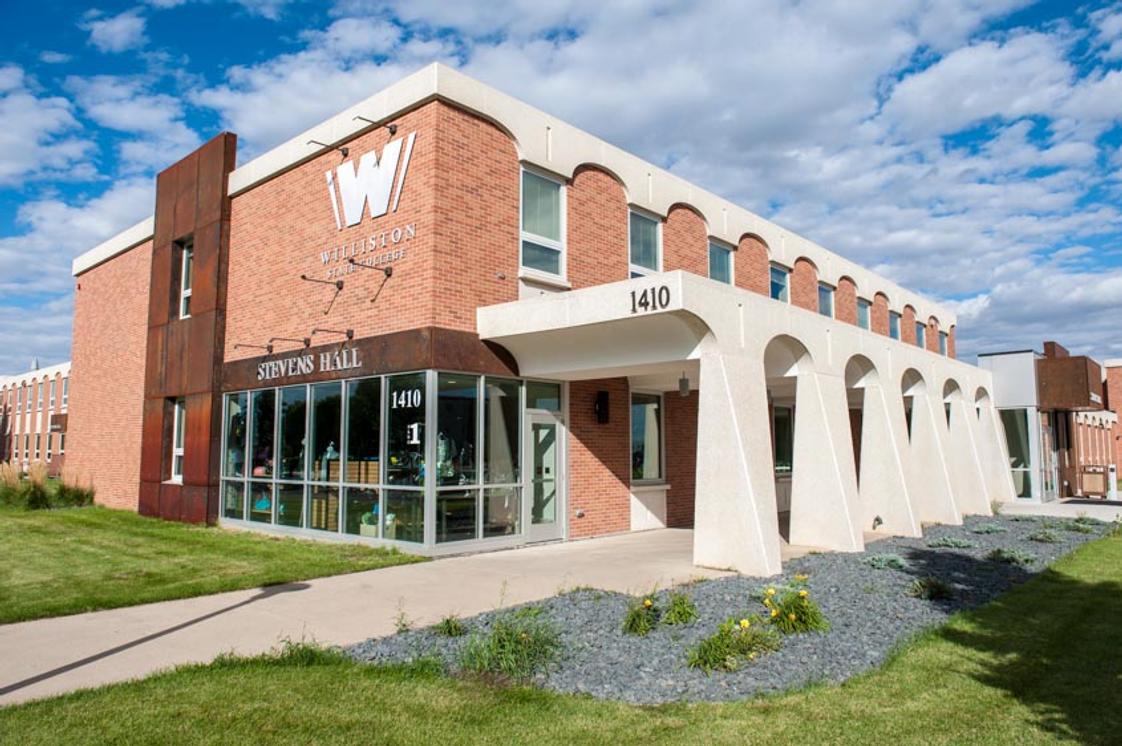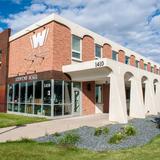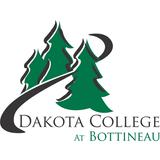The North Dakota average community college debt for graduating students is approximately $10,754 (2025).
For public community colleges in North Dakota, the average community college debt for graduating students is approximately $10,769.
For private community colleges in North Dakota, the average community college debt for graduating students is approximately $12,174.
Completed Debt Range: $8,499
$20,000
Avg. Completed Debt: $11,471
Community College Debt For Graduating Students in North Dakota (2025)
College
Completed Debt
Location
Rank: #1 - 21. - 2.
Josef's School of Hair, Skin & Body-Grand Forks
Private for-profit
Completed Debt: $8,499
2011 South Washington ST
Grand Forks, ND 58201
(701) 235-9910
Grand Forks, ND 58201
(701) 235-9910
Rank: #1 - 21. - 2.
Josef's School of Hair, Skin & Body-Fargo
Private for-profit
Completed Debt: $8,499
3223 13 AVE S, Ste A
Fargo, ND 58103
(701) 235-9910
Fargo, ND 58103
(701) 235-9910
Rank: #33.
Completed Debt: $9,800
1801 College Dr N
Devils Lake, ND 58301
(701) 662-1600
Devils Lake, ND 58301
(701) 662-1600
Rank: #44.
Williston State College![Williston State College Photo - WSC competes in 6 varsity sports. Hockey, Men's and Women's basketball, baseball, softball and volleyball. Williston State College Photo - WSC competes in 6 varsity sports. Hockey, Men's and Women's basketball, baseball, softball and volleyball.]()

Public
Completed Debt: $10,148
1410 University Avenue
Williston, ND 58801
(701) 774-4200
Williston, ND 58801
(701) 774-4200
Rank: #55.
Completed Debt: $10,754
105 Simrall Blvd
Bottineau, ND 58318
(701) 228-2277
Bottineau, ND 58318
(701) 228-2277
Rank: #66.
Bismarck State College![Bismarck State College Photo - Two students walking across the bridge near Schafer Hall, enjoying a beautiful day on Bismarck State College's vibrant campus-where connections are made, and futures are built. Bismarck State College Photo - Two students walking across the bridge near Schafer Hall, enjoying a beautiful day on Bismarck State College's vibrant campus-where connections are made, and futures are built.]()

Public
Completed Debt: $11,141
1500 Edwards Ave.
Bismarck, ND 58506
(701) 224-5400
Bismarck, ND 58506
(701) 224-5400
Rank: #77.
The Hair Academy
Private for-profit
Completed Debt: $11,871
2101 East Broadway Avenue
Bismarck, ND 58501
(701) 255-3547
Bismarck, ND 58501
(701) 255-3547
Rank: #8 - 98. - 9.
Completed Debt: $12,000
800 N 6th St
Wahpeton, ND 58076
(701) 671-2403
Wahpeton, ND 58076
(701) 671-2403
Rank: #8 - 98. - 9.
The Salon Professional Academy-Fargo
Private for-profit
Completed Debt: $12,000
4377 15th Ave South
Fargo, ND 58103
(701) 451-9100
Fargo, ND 58103
(701) 451-9100
Rank: #1010.
Rasmussen University-North Dakota
Private for-profit
Completed Debt: $20,000
4012 19th Avenue SW
Fargo, ND 58103
(701) 277-3889
Fargo, ND 58103
(701) 277-3889
Frequently Asked Questions
What is the North Dakota average community college debt for graduating students?
The North Dakota average community college debt for graduating students is $10,754 for 2025.
What are schools with the highest average community college debt for graduating students in North Dakota?
The schools with the highest average community college debt for graduating students in North Dakota include Josef's School of Hair, Skin & Body-Grand Forks, Josef's School of Hair, Skin & Body-Fargo and Lake Region State College.
Recent Articles

Obtaining Your Bachelor's Degree at a Community College
Explore the evolving landscape of community colleges offering bachelor's degrees, addressing affordability, accessibility, and workforce needs.

A to Z of Community College Certificates and Courses
From business and healthcare to technology and skilled trades, the article showcases the breadth of options available to students seeking to enhance their knowledge, develop new skills, or pursue career advancement.

What is a Community College?
This comprehensive guide explains what a community college is, its history, and its role in higher education. It covers the types of programs offered, differences from four-year colleges, benefits of attending, and important considerations for prospective students, providing valuable insights for those exploring educational options.










